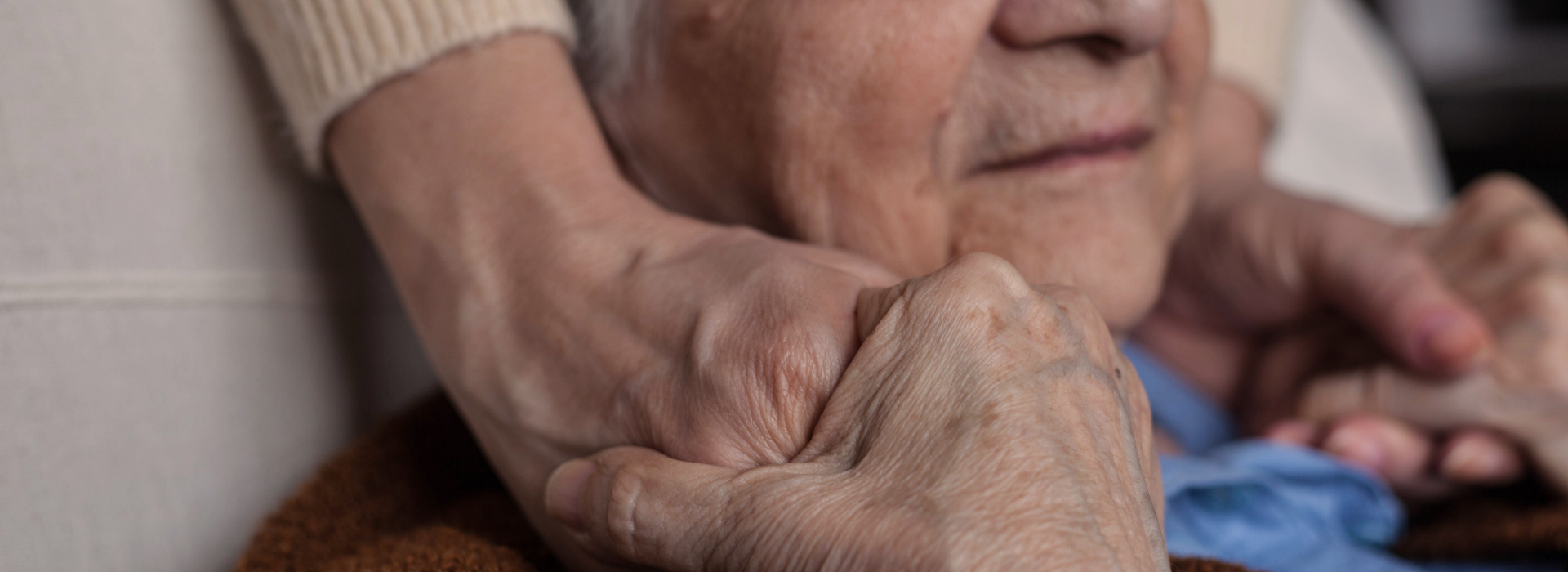
Addressing the Growing Challenge of Dementia Care in Rural Minnesota
Alzheimer's disease is the most common form of dementia, a progressive disease that destroys memory and important mental functions. According to the Alzheimer’s Association, 50 million people worldwide are living with the disease and other dementias, which is expected to double with the aging population of baby boomers – one of the largest generations in the U.S. colloquially known as the “silver tsunami.”
Early data shows the rates of dementia are higher in rural and Tribal communities compared to urban populations – a challenge not fully understood by researchers. To improve the rural aging experience, Kristen Jacklin, PhD, and Wayne Warry, PhD, both from the Memory Keepers Medical Discovery Team, and their partners at the University of Minnesota Medical School were recently awarded a three-year, $1.2 million grant, supported by the Medical School’s Academic Investment Research Program to establish the Center for Community-Engaged Rural Dementia and Alzheimer’s Research (CERDAR), focused on addressing the growing challenge of dementia care needs in rural Minnesota.
“Rural and Indigenous communities have always felt like an afterthought when it comes to dementia care,” Dr. Warry said. “We want to begin constructing the foundational research that would lead to greater inclusion of rural and Indigenous populations.”
The reasons behind the higher rates of Alzheimer’s and dementia in rural areas are yet unknown, however, aging experts suggest that rural culture and geography are correlated to the lived experiences of dementia. Researchers have also revealed that the trajectory rates of Alzheimer’s and other dementias are nearly doubled in risk for those living in remote areas compared to urban settings. To further investigate the epidemiological data, CERDAR will be partnering with Essentia Health’s Institute of Rural Health for a comprehensive report on the state’s rural dementia care landscape.
“There’s something happening in the rural context that is elevating the risk for dementia, Dr. Jacklin said. “And, unfortunately, a lot of the solutions are being conceived in urban centers, so this presents an opportunity for us to implement community participatory methods where solutions for rural, come from rural.”
To establish community-based advisory groups, CERDAR will work with regional agencies on aging that include the Dancing Sky Aging Service and Arrowhead Agency on Aging to ensure representation from the state’s northeast and northwest populations. Participants will ultimately act as the final arbitrators for culturally-safe adaptations to the content.
The team emphasizes that they want to hear from rural participants who are caring for people with dementia and older adults living without the disease to get their perspectives on what they think it means to age healthy.
“We’re interested in exploring ways to prevent the disease and keep people healthy as they live longer in rural communities,” Dr. Warry said. “Even the way people exercise in a rural community might be different. We want to know what rural perceptions and attitudes are regarding both the treatment and prevention of dementia.”
The project’s endeavors will combine improvements to dementia-related technology with the industry partner, CareBand, a Chicago-based company that developed wearable technology specifically for people with dementia. CERDAR research will help to improve the technology for dementia patients and caregivers living in rural and Indigenous communities, so they can live at home longer.
“The need is evident in the epidemiological findings,” Dr. Jacklin said. “This project represents a start for our preliminary data to talk about what we’re seeing and further long-term goals to tackle this issue in Minnesota.”